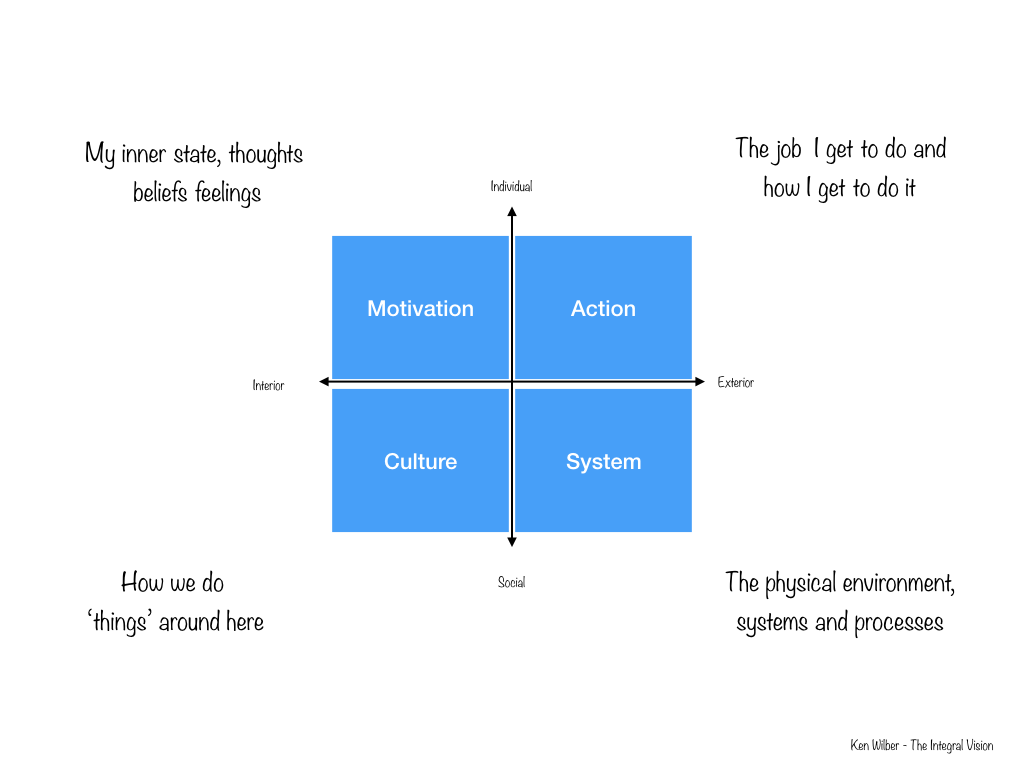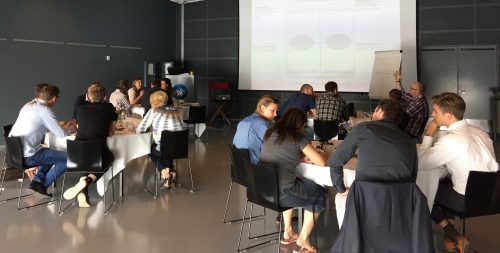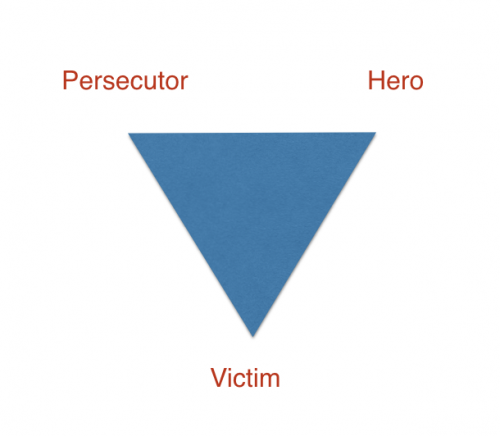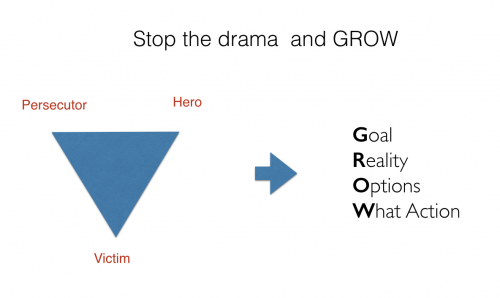
Last week I argued that culture is an often overlooked and important part of the employee experience – and it is.
However, having a great culture is only part of the story – as we all well know, we can’t suboptimise ourselves to greatness.
A great employee experience is not about how high a fuzzy-feel-good factor you can score. It’s about sense making and meaning. Is this meaningful to me or not?
When things are meaningful, we thrive; when things become meaningless, we suffer.
When you look at it this way, it becomes clear it is not enough to make part of the employee experience pleasant. It is not about the free fruit or great lunch service. That is also important, but it’s also just another part – the same way that our culture is only a part of the whole experience.
So, if we recapitulate.
We are striving for high levels of engagement. Engagement emerges from an individual feeling of motivation, enthusiasm – call it what you like – but it is something that starts on the inside of an individual and it is influenced by the three other parts: culture, physical environment (system) and the job that we get to do (and how we are allowed to do it).
This is the very simple explanation why it is so incredibly difficult to achieve consistently high levels of engagement. If you are not hitting all the elements more or less perfectly, there is no engagement.
We can have exciting challenging jobs, but in a horrible culture that is not meaningful for very long. We can work in the loveliest of cultures, but where ‘nothing seems to really work around here’. That is also not meaningful. And, finally, we can build these beautiful work environments with lovely cultures, but everything is so controlled, right down to how I am supposed to do every little detail, and that is not meaningful either.
And, to top it off, we must, of course, mention the fourth variable – the individual. None of this works the same for everyone. Each individual has their preferences and their ideas of what is meaningful to them.
So, if you have a day where you feel frustrated that you have tried everything to create a great workplace, don’t despair! Getting it right is really hard, but if you manage to do so, the pay-off is amazing.
How is that for a meaningful challenge?
If you are interested in exploring what it takes to develop engagement you are welcome to download my free e-book here











 This the eighth blog post in a series where Mike is exploring: Why and how to develop not just yourself but also the people around you?
This the eighth blog post in a series where Mike is exploring: Why and how to develop not just yourself but also the people around you?